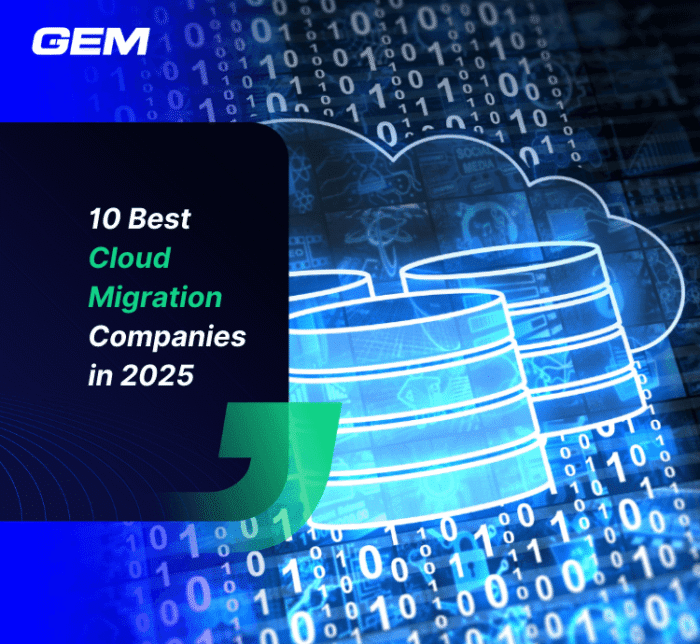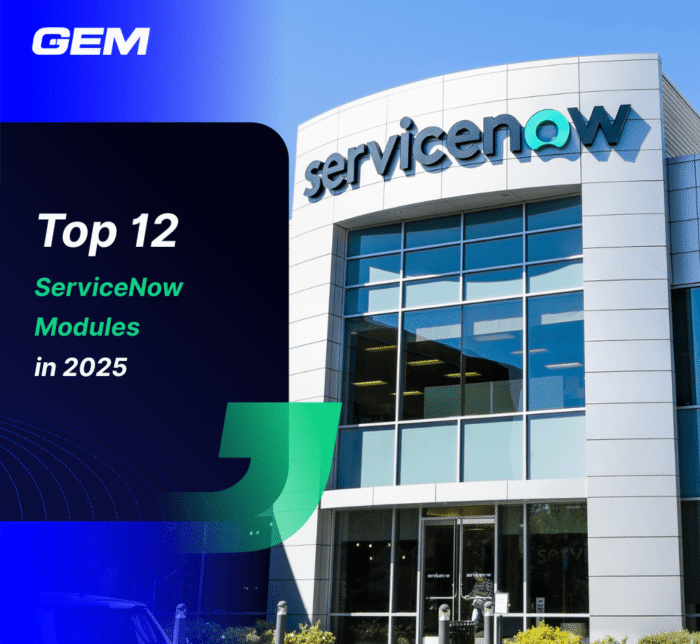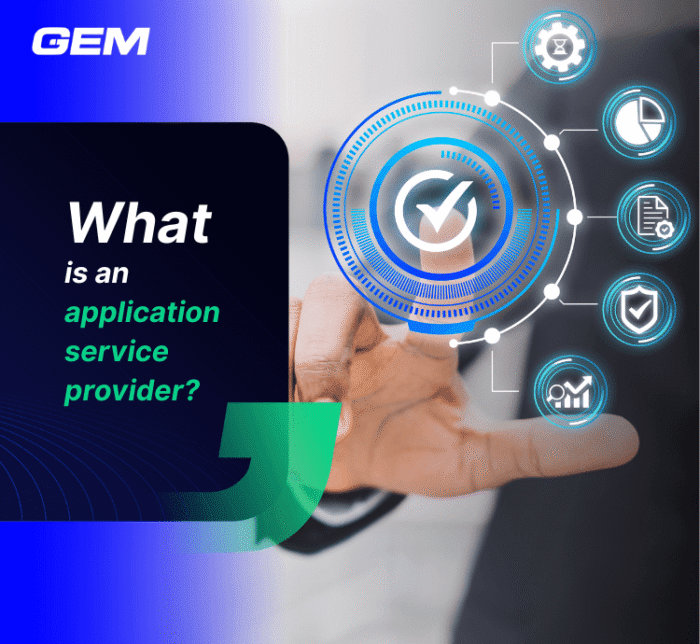Contents
Every enterprise today faces a common challenge: how to innovate rapidly while maintaining control over critical operations. Public cloud offers scalability, but uncontrolled cloud migration can lead to security risks, cost overruns, and operational complexities.
This is where the hybrid cloud technology provides a smarter approach. By integrating cloud flexibility with on-premise stability, organizations gain the agility to scale, the security to comply, and the cost efficiency to maximize ROI.
For C-level executives, the decision is no longer whether to move to the cloud, but how to do it strategically. In this article, we break down how the hybrid cloud can accelerate growth, enhance resilience, and create a future-ready IT ecosystem—without the typical pitfalls of cloud adoption.

An overview of hybrid cloud
A hybrid cloud is a computing framework that integrates multiple environments, combining public and private cloud resources, including on-premises data centers and edge locations, to run applications.
In other words, the hybrid cloud architecture in data refers to a data management strategy that integrates multiple environments—on-premises data centers, private clouds, and public clouds to store, process, and analyze data.
This approach is widely adopted because most organizations today do not rely solely on a single public cloud provider.
Another reason hybrid cloud infrastructure has become one of the most prevalent IT setups is that it allows cloud migrations to become gradual transition rather than an immediate shift. Furthermore, this approach allows businesses to leverage the scalability and flexibility of cloud computing while maintaining control over sensitive or mission-critical data.
As a result, it enables a more seamless and controlled migration process, ensuring operational continuity while optimizing cloud-based services.

Why hybrid cloud approach matters for business leaders
This approach is suitable for businesses that wish to leverage the scalability and scalability of a public cloud while keeping their data on-premises to ensure compliance with local and international regulations.
The key benefits of hybrid cloud for businesses lie in four aspects: helping businesses modernize at their own pace, ensuring regulatory compliance, enabling apps to run on-premises, and enabling edge computing.
Modernizing at your own pace
A hybrid cloud strategy provides organizations with the flexibility to transition their IT infrastructure gradually instead of making an abrupt shift to the cloud. This benefit is crucial for businesses that need to:
- Reduce disruption: Migrating applications in stages ensures that business operations continue smoothly without unexpected downtime.
- Optimize costs: A step-by-step migration allows companies to allocate budgets more efficiently, avoiding a large upfront capital expenditure.
- Leverage legacy systems: Many enterprises rely on older applications that are deeply integrated into their operations. Hybrid cloud enables them to modernize incrementally while still running critical workloads on existing on-premises infrastructure.
- Avoid vendor lock-in: Moving all workloads to a single cloud provider may introduce dependency risks. With hybrid cloud, businesses can evaluate different providers and optimize for performance and cost.
![]()
![]()

Maintaining regulatory compliance
Industries such as finance, healthcare, government, and telecommunications often have strict regulations governing data storage, processing, and transmission. A hybrid cloud model allows organizations to:
- Keep sensitive data on-premises: Companies can store confidential or legally protected information in private data centers while leveraging public cloud resources for less sensitive workloads.
- Comply with data sovereignty laws: Some countries require that customer data be stored within national borders. A hybrid approach enables businesses to operate internationally while ensuring compliance.
- Implement security controls: Certain industries require additional security measures, such as encryption, monitoring, or restricted access, which are easier to enforce with a hybrid cloud environment.
For example, a financial institution may store customer transaction records in a private cloud to meet regulatory requirements while using a public cloud for customer-facing applications.
Running apps on-premises
Some applications may not be suitable for migration to the public cloud due to:
- Performance needs: Applications with high data throughput or latency-sensitive workloads often perform better when running on local infrastructure.
- Compatibility issues: Legacy applications built for on-premises environments may not function optimally in the cloud.
- Data sensitivity: Companies handling classified or highly confidential data, such as government agencies or healthcare providers, often need on-premises solutions for security and compliance.
- Mainframe dependencies: Businesses in industries like banking and insurance rely on mainframe systems that are deeply embedded in their operations. Hyb
 rid cloud allows them to integrate new cloud-based services without replacing these critical systems.
rid cloud allows them to integrate new cloud-based services without replacing these critical systems.
By using a hybrid approach, organizations can continue running regulated or high-performance applications on-premises while leveraging the cloud for additional scalability.

Future-proofing your business’s future
Hybrid cloud adoption is not just about meeting today’s needs—it’s about building a future-ready IT infrastructure that can adapt to evolving business and technology trends.
One of the key advantages of hybrid cloud is optimized cloud spending. Organizations can retain cost-intensive applications on-premises while leveraging cloud resources for seasonal spikes, unpredictable workloads, or elastic demands. This ensures that companies only pay for cloud services when needed, reducing unnecessary expenses while maintaining operational efficiency.
Additionally, it helps you avoid vendor lock-in by diversifying across multiple cloud providers instead of relying on a single vendor. Therefore, enterprises gain the flexibility to select the best services and pricing options available in the market. This competitive approach allows businesses to negotiate better rates, improve resilience, and avoid potential risks associated with being tied to a single cloud provider.
Furthermore, hybrid cloud enables enterprises to maximize return on investment (ROI) by aligning cloud adoption with business objectives. Instead of migrating all workloads indiscriminately, organizations can strategically invest in the right mix of on-premises and cloud resources, ensuring that their IT spending is justified by actual business needs.
How does hybrid cloud address key business pain points?
In this section, let’s explore how hybrid cloud addresses three fundamental business concerns: data security and compliance, cost optimization, and operational efficiency.

Data security & Compliance
In an era of stringent data protection regulations (e.g., GDPR, HIPAA, CCPA), enterprises must balance accessibility with compliance.
Hybrid cloud provides greater control over sensitive data by allowing organizations to store regulated information in private or on-premises environments while utilizing public cloud resources for scalable computing needs and/or less sensitive operations.
In addition, unlike a fully public cloud environment—where all data and applications are stored off-premises—a hybrid model allows businesses to control where sensitive data resides and apply different security measures based on risk levels.
This approach, often referred to as segmented security policies, reduces the risk of large-scale breaches, as attackers cannot easily access an organization’s entire IT ecosystem from a single entry point. Furthermore, businesses can implement zero-trust architectures and multi-layered security to safeguard data.
Moreover, while security concerns often slow cloud adoption, a hybrid approach allows enterprises to innovate within a controlled framework, ensuring data sovereignty while benefiting from cloud-driven AI, analytics, and automation.
Cost optimization & ROI clarity
One of the most pressing concerns for C-level executives is cloud cost management. Public cloud offers scalability but can lead to unpredictable costs if not optimized.
One of the key advantages of hybrid cloud is optimized cloud spending. Organizations can retain cost-intensive applications on-premises while leveraging cloud resources for seasonal spikes, unpredictable workloads, or elastic demands. This ensures that companies only pay for cloud services when needed, reducing unnecessary expenses while maintaining operational efficiency.

Additionally, avoiding vendor lock-in is a crucial benefit of hybrid cloud. By diversifying across multiple cloud providers instead of relying on a single vendor, enterprises gain the flexibility to select the best services and pricing options available in the market. This competitive approach allows businesses to negotiate better rates, improve resilience, and avoid potential risks associated with being tied to a single cloud provider.
Furthermore, hybrid cloud enables enterprises to maximize return on investment (ROI) by aligning cloud adoption with business objectives. Instead of migrating all workloads indiscriminately, organizations can strategically invest in the right mix of on-premises and cloud resources, ensuring that their IT spending is justified by actual business needs. This balance prevents unnecessary expenditures while allowing businesses to scale efficiently, innovate faster, and maintain a high level of performance.
Performance & Operational efficiency
Modern enterprises require high availability, seamless workload distribution, and robust disaster recovery solutions.
Hybrid cloud addresses this urgent need for business continuity by providing a resilient IT framework that integrates cloud elasticity with on-premises reliability.
- Seamless workload distribution: Organizations can dynamically shift workloads between environments to maintain performance during peak usage periods or in response to market demands.
- Business continuity & Disaster recovery: A hybrid cloud strategy ensures data redundancy and failover mechanisms, allowing enterprises to recover quickly from disruptions while minimizing downtime.
- Edge computing & Latency reduction: By leveraging edge computing with hybrid cloud, businesses can process critical data closer to the source, improving response times and user experiences in latency-sensitive applications.

Strategic considerations for hybrid cloud adoption
Adopting a hybrid cloud strategy is a strategic decision that impacts business agility, security, and long-term growth.
The key factors that C-level executives and technology leaders must consider when integrating the hybrid architecture into their enterprise IT infrastructure are readiness and strategy.
Evaluating business’s readiness
A well-defined hybrid cloud adoption strategy begins with an honest assessment of business needs, technical capabilities, and organizational readiness to prevent inefficiencies and security gaps.
Cloud maturity assessment:
- Does your organization already use cloud services, or are you transitioning from a fully on-premises infrastructure?
- What workloads and applications are best suited for migration to the cloud?
Data & Security requirements
- Which data must remain on-premises due to compliance or security policies?
- How will data be managed across multiple environments while maintaining accessibility and protection?
Operational & Cultural readiness
- Is your IT team equipped to manage a multi-cloud or hybrid environment?
- Are your business leaders aligned on the benefits and challenges of hybrid cloud adoption?
![]()

Best practices for implementation
A successful hybrid cloud transition requires careful planning, the right technology stack, and governance frameworks to ensure security, cost efficiency, and operational stability.
Building a strong cloud governance framework
Hybrid cloud environments require robust governance policies to manage security, compliance, and cost control across multiple platforms. Organizations should:
- Define data classification policies to determine where data should reside (on-prem, private cloud, or public cloud).
- Establish access management controls to regulate who can access specific workloads.
- Implement cost-monitoring tools to track and optimize cloud spending.
Choosing the right cloud providers and partners
Selecting the right cloud service providers and technology partners is critical for long-term success, as the effectiveness of a hybrid cloud strategy depends on seamless integration, security, and scalability.
One of the most important considerations is interoperability and integration—organizations must assess whether the cloud provider can seamlessly integrate with their existing on-premises infrastructure to ensure smooth data flow and operational efficiency.
Equally crucial is security and compliance, as businesses need to verify that the provider meets industry-specific regulatory requirements, such as GDPR, HIPAA, or SOC 2, to protect sensitive data and maintain compliance.
Lastly, scalability and flexibility play a key role in determining the provider’s ability to support dynamic workload management. This is key to allowing enterprises to adjust resources as demand fluctuates without incurring unnecessary costs or performance bottlenecks.
Integrating AI and automation for better cloud data management
Hybrid cloud environments generate vast amounts of data, making AI-driven automation essential for optimizing performance, security, and cost efficiency. To manage this complexity effectively, organizations should integrate intelligent automation tools into their cloud strategy.
One of the most impactful applications is AI-powered monitoring, which helps detect anomalies, identify potential security threats, and prevent cloud misconfigurations before they lead to system failures. Additionally, automated workload balancing ensures optimal resource allocation across different cloud environments, allowing businesses to scale dynamically based on demand while avoiding performance bottlenecks. Another key advancement is self-healing infrastructure, which enables systems to automatically detect and remediate security vulnerabilities or performance issues without human intervention, reducing downtime and operational risks.
By adopting AI-driven cloud management solutions, enterprises can significantly enhance efficiency, reduce manual intervention, and strengthen cloud governance, ultimately creating a more resilient, secure, and cost-effective hybrid cloud ecosystem.
Hybrid cloud is the next step toward effective and secure data management
As businesses navigate economic uncertainties and evolving regulations, the need for secure, scalable, and efficient data management is more critical than ever. Hybrid cloud has become the foundation of modern enterprise IT, combining public cloud flexibility with private cloud control to optimize performance, security, and cost.
Therefore, it is no longer just a transitional solution. Hybrid cloud is now a strategic necessity for enterprises looking to future-proof IT infrastructure.





